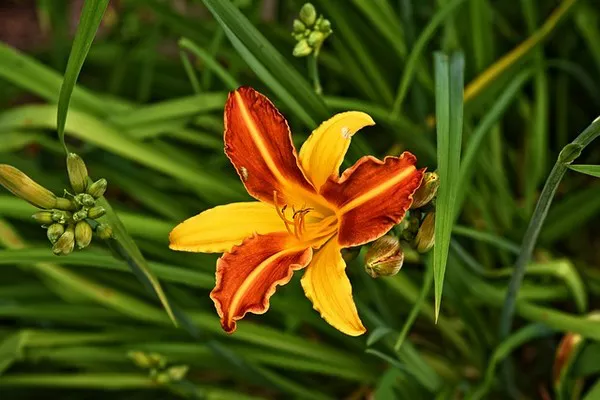The art of planting flowers is not only a rewarding and satisfying endeavor, but it also brings a touch of natural beauty and vibrancy to any environment. Whether you’re a seasoned gardener or a beginner with a green thumb, understanding the fundamentals of flower planting is essential to ensure your garden blooms with an array of colors and fragrances. In this comprehensive guide, we will explore the step-by-step process of planting flowers, from selecting the right location to nurturing their growth, resulting in a flourishing garden that delights the senses.
Step 1: Choose the Right Location
Selecting the optimal location for your flower garden is crucial for the success of your planting endeavor. Most flowering plants require ample sunlight to thrive, so opt for an area that receives at least 6 to 8 hours of direct sunlight per day. However, if you’re planting in a region with intense heat, consider providing partial shade during the hottest parts of the day to prevent scorching.
Furthermore, pay close attention to the soil quality in your chosen spot. Flowers thrive in well-draining soil that is rich in nutrients. Conduct a soil test to determine its pH level and nutrient content. You can amend the soil with compost, organic matter, or specific fertilizers to create an ideal environment for your plants to flourish.
See Also:Planting Wildflower Seeds: A Step-by-Step Guide
Step 2: Select Suitable Flowers
Choosing the right flowers for your garden is a pivotal decision that depends on your climate, soil conditions, and personal preferences. Research the types of flowers that are well-suited to your region’s climate and weather patterns. Native plants often thrive with minimal maintenance and are better adapted to local conditions.
Consider the height, color, and bloom time of the flowers to ensure a harmonious and visually appealing garden. Grouping flowers with similar water and sunlight requirements together will streamline maintenance and ensure each plant receives the care it needs.
See Also: How to Grow Coneflowers from Seed: A Step-by-Step Guide
Step 3: Prepare the Soil
Proper soil preparation is a key factor in the success of your flower planting project. Begin by removing any weeds, rocks, or debris from the planting area. Loosen the soil to a depth of at least 12 inches using a garden fork or tiller. This encourages healthy root growth and improves drainage.
Incorporate organic matter, such as compost or well-rotted manure, into the soil to enhance its structure and fertility. Mix in a balanced, slow-release fertilizer to provide essential nutrients that will support the initial growth of your flowers.
See Also: What Not to Plant with Sunflowers: A Gardener’s Guide
Step 4: Planting Techniques
When it comes to planting flowers, proper technique is crucial for ensuring their survival and growth. Follow these steps for successful planting:
1.Dig a hole: Make a hole in the soil that is twice the diameter of the plant’s root ball and just as deep.
2. Gently remove the plant: Carefully remove the plant from its container, being mindful not to disturb the roots excessively.
3. Position the plant: Place the plant in the hole, ensuring it sits at the same depth as it was in the container.
4. Backfill the hole: Fill the hole with soil, gently patting it down as you go to remove air pockets. Water the plant thoroughly after planting to settle the soil.
5. Mulch: Apply a layer of organic mulch around the base of the plant to retain moisture, suppress weeds, and regulate soil temperature.
Step 5: Watering and Maintenance
Consistent and appropriate watering is vital for the health and vitality of your newly planted flowers. Water the plants immediately after planting to help them establish their roots. Over the next few weeks, monitor the soil moisture regularly and water as needed to keep the soil consistently damp, but not waterlogged.
Establish a regular watering schedule, especially during dry spells or hot weather. Water early in the morning or late in the afternoon to minimize water loss due to evaporation.
In addition to watering, regular maintenance tasks such as deadheading (removing spent flowers), pruning, and fertilizing will encourage continuous blooming and overall plant health. Stay vigilant for signs of pests or diseases, and address any issues promptly to prevent them from spreading.
Conclusion
Planting flowers is a rewarding and fulfilling endeavor that allows you to create a vibrant and enchanting garden space. By following the steps outlined in this comprehensive guide, you can successfully plant flowers that thrive and bloom with vitality. From selecting the right location and flowers to preparing the soil, employing proper planting techniques, and maintaining consistent care, your garden will become a testament to the beauty and resilience of nature’s creations. Embrace the art of flower planting, and watch your garden flourish into a breathtaking display of colors and fragrances.


